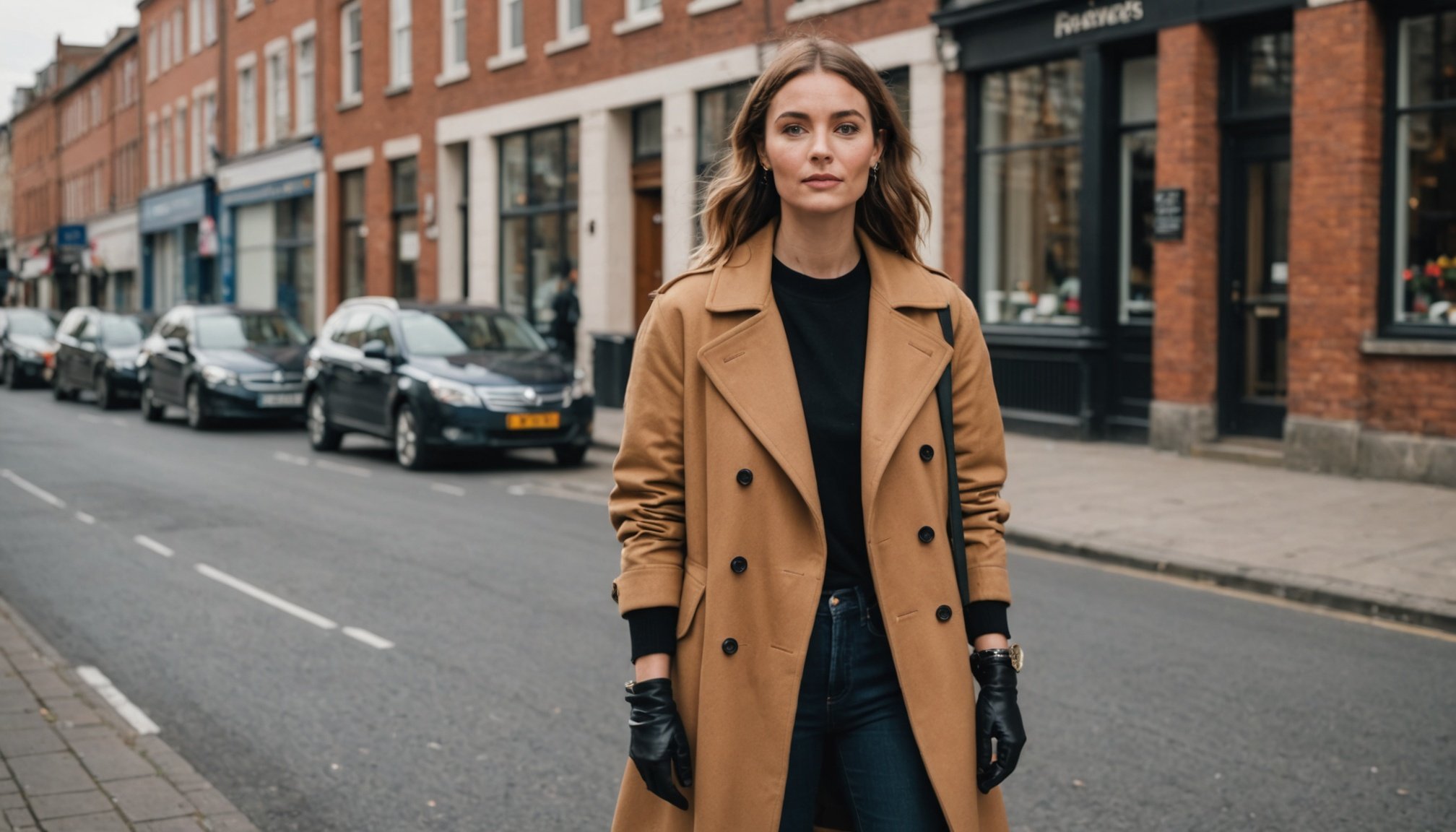Layering is an art that can transform even the simplest outfits into eye-catching ensembles. By strategically adding layers, you can create depth, enhance style, and stay warm during the colder months. This article aims to guide you through effective layering strategies, emphasizing the importance of choosing the right pieces, colors, and textures to add dimension to your outfits.
Understanding the Basics of Layering
To layer successfully, it’s crucial to grasp the fundamentals of this fashion technique. At its core, layering involves combining various pieces of clothing to achieve a stylish yet functional look. The key is to start with a solid base and build up from there.
In the same genre : Discover the adorable world of eevee plush toys
The Base Layer
The base layer is where your outfit begins. Opt for a fitted top or a basic shirt as your foundation. Choose versatile colors such as white, gray, or black, as these can effortlessly blend with other layers. The base layer should be comfortable and breathable, allowing you to wear it under multiple layers without feeling restricted.
The Middle Layer
Next, add a middle layer to introduce warmth and texture. Think of cozy sweaters, cardigans, or light jackets. This layer should complement your base both in color and style. Here, you can experiment with patterns and textures — perhaps a cable-knit sweater for winter or a denim jacket for spring.
In the same genre : What are the most effective ways to care for delicate fabrics in my wardrobe?
The Outer Layer
Finally, complete your look with an outer layer such as a coat or a more structured jacket. This layer not only offers protection against the elements but also serves as a statement piece. Choose materials and colors that can act as the centerpiece of your outfit, such as a vibrant trench coat or a sleek leather jacket.
Choosing the Right Pieces for Layering
The essence of a well-layered outfit lies in selecting the right pieces. When done correctly, layering can enhance your style and add a dynamic element to your wardrobe.
Versatile Pieces
Invest in versatile items that can be mixed and matched with various ensembles. A classic white shirt, a long cardigan, or a tailored blazer are staples that suit any layered look. These foundational pieces should be of good quality, ensuring longevity and repeated use.
Mixing Textures and Fabrics
A visually interesting layered look often includes a mix of textures and fabrics. For instance, pair a wool coat with a silk blouse or a leather jacket with a cotton turtleneck. This juxtaposition creates a rich tactile experience that adds depth to your outfit.
Color Coordination
Color is a powerful tool in layering. Opt for a palette that enhances your body type and complements each layer. Neutrals can serve as the base, while pops of color can be introduced through scarves or accessories. Be mindful of clashing patterns; instead, aim for a harmonious blend that enhances the overall style.
Adding Depth Through Accessories
Accessories play a significant role in enhancing a layered outfit. They can introduce additional layers without adding bulk, enabling you to maintain both style and comfort.
Scarves and Shawls
Scarves and shawls are excellent for adding color and texture. Choose from various materials, like wool for warmth or silk for elegance. Experiment with different ways of wearing them — draped over your shoulders, wrapped around your neck, or even as a statement piece over a jacket.
Jewelry
Jewelry can add a touch of sophistication to any layered look. Layer necklaces of different lengths to create a focal point, or stack bracelets for added flair. Remember, the goal is to enhance your outfit without overwhelming it.
Bags and Belts
A structured bag or a statement belt can tie your layered look together. Choose a bag that complements your color scheme and a belt that accentuates your waist, adding definition to your silhouette. These accessories can seamlessly integrate into any layered style, providing both function and fashion.
Creating Layered Outfits for Different Seasons
Layering isn’t reserved for winter alone; it’s a versatile technique that can adapt to any season. By adjusting the weight and fabric of each layer, you can create outfits suitable for a range of temperatures.
Spring and Summer Layering
In warmer months, focus on light layers that offer breathability. Opt for cotton shirts, linen blazers, or lightweight cardigans. Choose light, pastel colors to reflect sunlight and keep cool. A sleeveless base paired with a flowy cardigan can be perfect for a breezy spring day.
Fall Layering
As temperatures begin to drop, it’s time to incorporate warmer layers. Think plaid shirts, denim jackets, and knit sweaters. Fall is all about rich tones and earthy hues. A layered look in autumn can involve a turtleneck as a base, layered with a flannel shirt and topped with a quilted vest.
Winter Layering
Winter requires layers that offer substantial warmth without sacrificing style. Use thermal shirts as a base, followed by wool sweaters and insulated coats. Play with dark, bold colors for a classic winter look. Consider investing in a high-quality down jacket for ultimate warmth.
Mastering the art of layering can elevate your wardrobe and ensure you’re prepared for any occasion or season. By understanding the fundamentals, choosing the right pieces, and incorporating accessories, you can create a dynamic and stylish outfit that stands out. Remember, layering isn’t just about warmth; it’s about expressing your unique sense of fashion. With these strategies, you’ll be well-equipped to create depth and dimension in your outfits, turning everyday looks into extraordinary ensembles.











